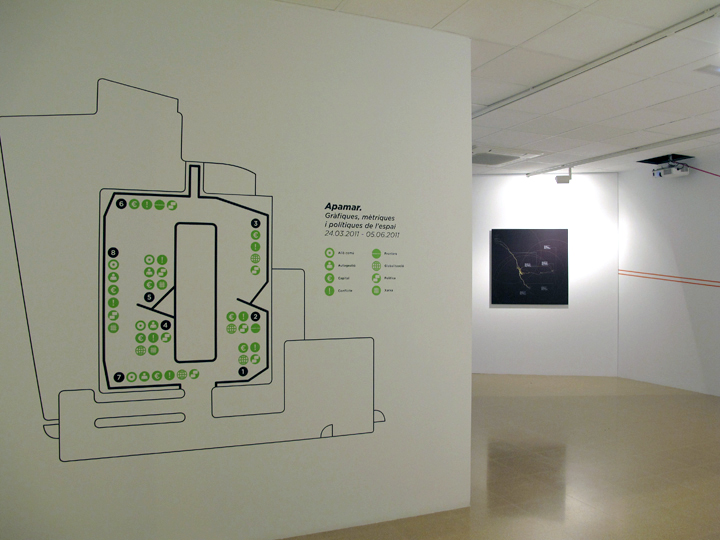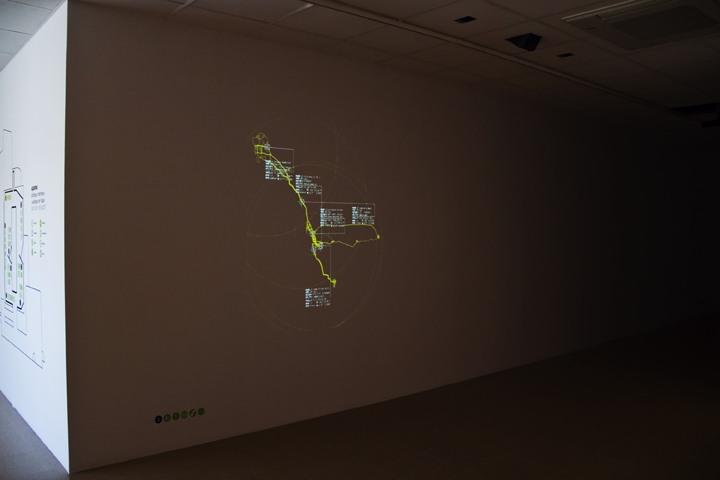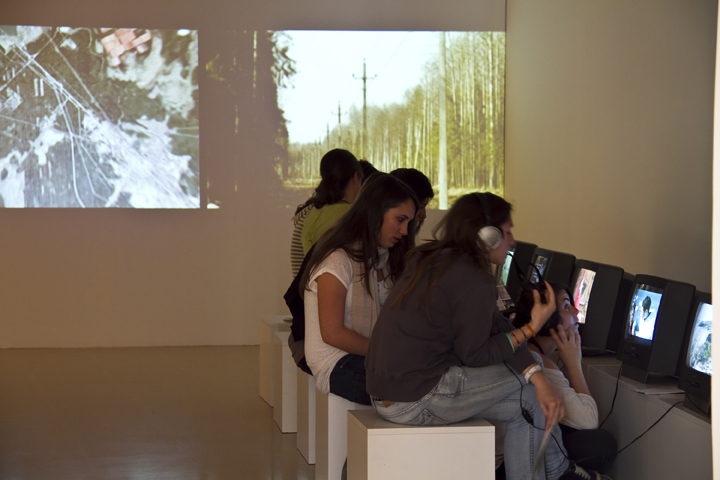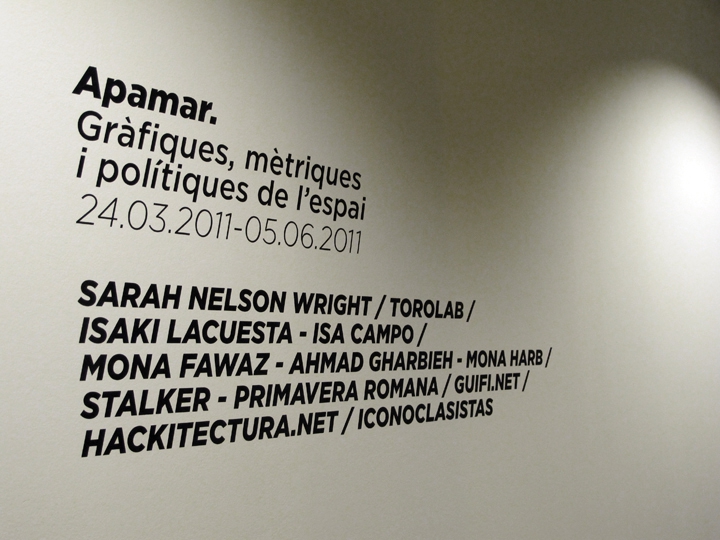Apamar. Charts, metrics and policies of space, curatorship, 2011
back to main menu

Apamar with Mona Fawaz/Ahmad Gharbieh/Mona Harb, Sarah Nelson Wright, Torolab, Isaki Lacuesta / Isa Campo, Stalker/Primavera Romana, Guifi.net, Hackitectura.net, Iconoclasistas , curated by Ramon Parramon, Laia Sole and Maral Mikirditsian.
Apamar brings together a selection of proposals that intervene in the city through artistic practices,architecture, design or activism. The projects intersect through proposing alternatives to the representation of space, its interpretation and how to live in it. In some cases they reveal latent conflict situations in the territory by generating maps and interpreting them. In others, they relate to self-managed social processes that activate collective strategies, by creating networks and seeking alternative systems for the citizens.

“Apamar” means to measure a field but also to know something very well. Measuring with one’s palms and being in control of a circumstance or situation supposes a subjective knowledge about the context. The exploration of the territory, critical cartography, the selection and display of data, processing of information or collective creation are issues that relate to subjectivity and socialization of space.

The participating projects in the exhibition, some finished while others still in process, work with the many underlying qualities of geographical maps. Experimenting with this seemingly conventional medium, while staying faithful to some of its main attributes such as accuracy, factuality and intentional objectivity, they create new models from a critical perspective and with the objective of proposing alternative strategies. They are born as a reaction to various situations that represent a need for reflection and active response, and they are materialized in various formats. Together, they come forth as tools that are clearly political and serve for pointing out and making visible spaces in conflict situations; in some cases, they activate collective processes while experimenting with new strategies that allow citizens to intervene in the organization of social space.


